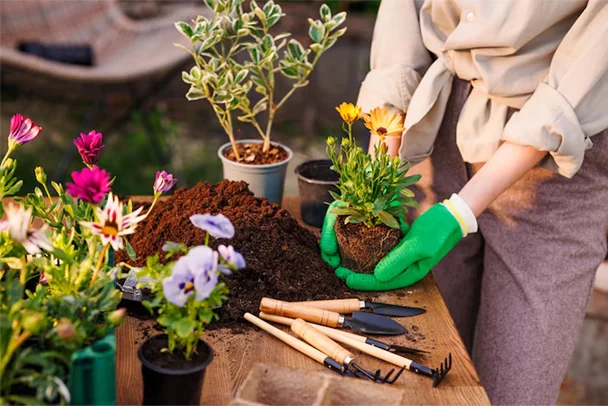The Family Garden Plan

Grow what you eat, eat what you grow, and build your life around the soil.
A garden is more than a collection of plants. When you’re feeding a family, it’s a pantry in progress, a classroom, a therapy session, and—if you’re lucky—a yearly rhythm that becomes tradition. Creating a family garden plan requires a bit more strategy than simply tossing seeds in the ground. But the return? More meals from your backyard, more connection with each season, and a garden that works with your life—not against it.
If you’re dreaming of putting real food on your table and cutting down on grocery bills, here’s how to start your family garden plan with purpose and intention.
Step 1: Start With What You Eat
This is the golden rule. Don’t get distracted by novelty seeds or Instagram trends. Sit down with a notebook (and maybe your kids or partner), and write out what your family actually eats in a week.
Think:
- Do you go through bags of spinach every few days?
- Are roasted carrots a go-to side dish?
- Is fresh salsa a must every summer?
Build your garden around those staples. The goal is to grow ingredients you’ll actually use, not just what looks good in the seed catalog.
Step 2: Map Your Space
You don’t need a giant plot of land to feed a family, but you do need to be intentional. Whether you’ve got ten raised beds or a few containers on a sunny deck, sketch it out.
Group plants by how much space they need and how long they’ll be in the ground. For example:
- Tomatoes and squash are space hogs and stay all season.
- Radishes and lettuce are quick and great for tucking into corners or growing between bigger crops.
Include paths, water access, and room for kids to help (and harvest).
Step 3: Know Your Numbers
Think in terms of yield. If you want to grow enough green beans to can for the winter, you’ll need more than a handful of plants. Here’s a rough idea of what you might need for a family of four:
- Tomatoes: 5–10 plants for fresh eating, 15+ if preserving
- Carrots: 10–20 feet of row
- Green beans: 10–15 plants per person
- Lettuce: Stagger plantings every 2–3 weeks for continuous harvest
- Zucchini: 2–3 plants max (trust me)
Adjust based on your family’s appetite and whether you’re preserving food for later.
Step 4: Plan for Preservation
If your garden goal includes pantry stock-ups, factor in time and space for canning, freezing, dehydrating, or fermenting.
Grow extras of things like:
- Paste tomatoes for sauces
- Pickling cucumbers
- Beets and carrots for storage
- Onions and garlic (long shelf life)
- Berries for jam or freezer stash
Pro tip: Don’t try to preserve everything your first year. Pick one or two crops to focus on and build your skills from there.
Step 5: Make It a Family Affair
Gardening is better with muddy hands and shared joy. Get your kids involved:
- Let them pick a “fun crop” (purple beans or mini pumpkins are a hit)
- Assign age-appropriate garden jobs
- Keep a harvest journal or photo diary
Let the garden be a place where work feels like play—and dinner starts in the dirt.
Step 6: Stagger the Planting
For crops like lettuce, spinach, beets, and radishes, succession planting is your best friend. Don’t plant everything at once. Stagger every couple of weeks so you’re harvesting fresh food over a longer window.
This is especially helpful for families trying to reduce food waste and avoid a one-time harvest overload.
Step 7: Budget for Tools, Time, and Energy
A family garden plan needs to fit your lifestyle. Ask yourself:
- How much time can you realistically spend each week?
- Do you need low-maintenance crops that thrive on neglect?
- Do you have help, or is this a solo operation?
You can always scale up later. Start small, grow what you love, and add more each year as your systems and confidence build.
Final Thoughts
A family garden isn’t about growing everything. It’s about growing enough—enough to lighten the grocery bill, feed your people, and reconnect with where your food comes from.
Whether it’s a handful of pots on the porch or a half-acre plot, your garden can become a cornerstone of your home. With a little planning, a lot of compost, and a bit of trial and error, you’ll find your rhythm. And there’s something deeply grounding about gathering for dinner knowing the salad, the sauce, or even just the herbs came from your own backyard.
So make your list. Map your beds. Start your seeds. And build the garden that feeds your family in every sense of the word.

Leave a Reply